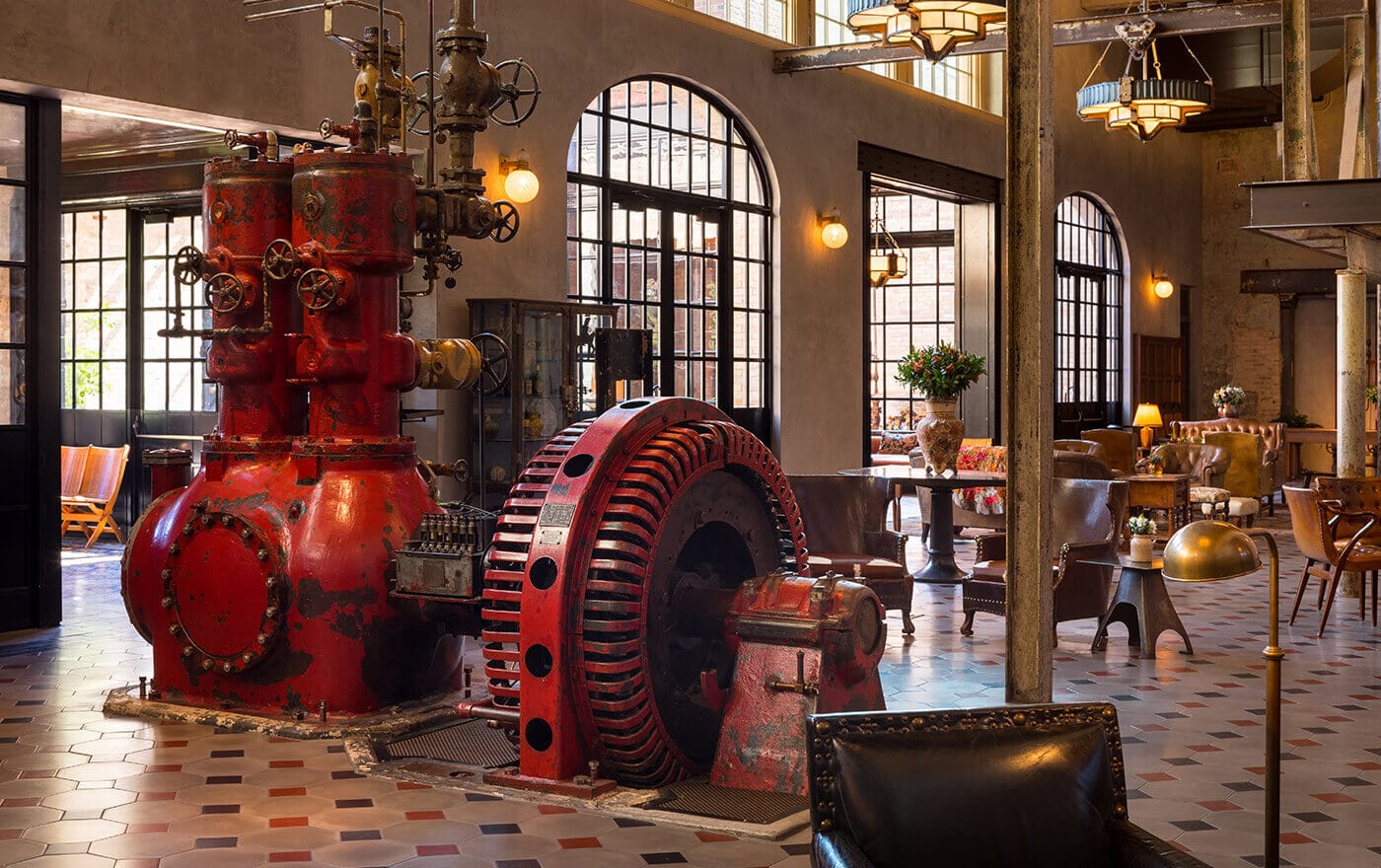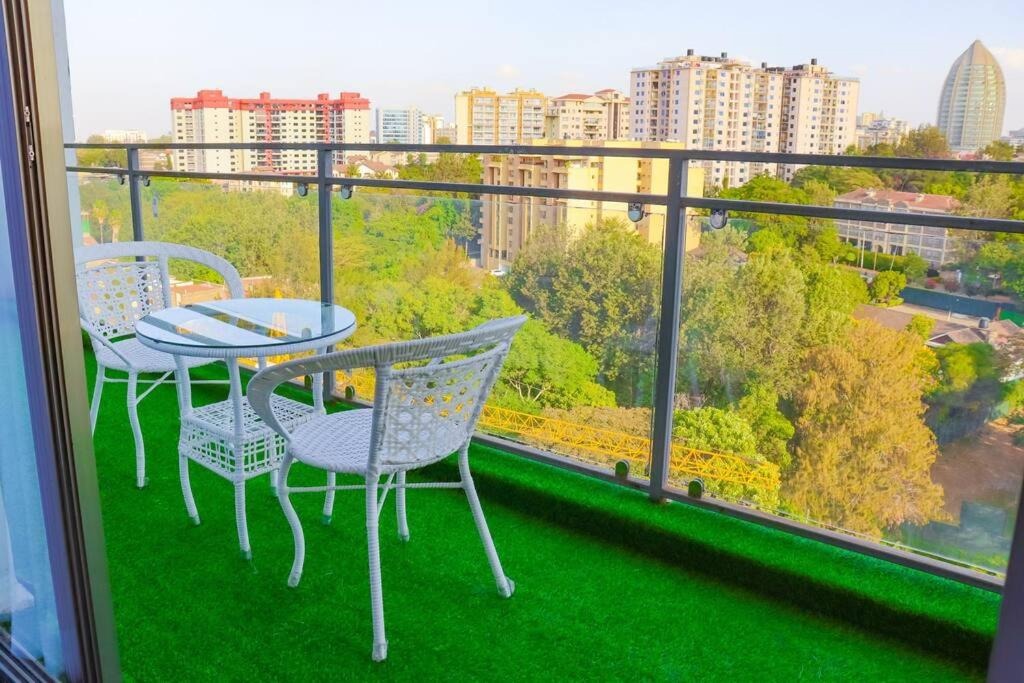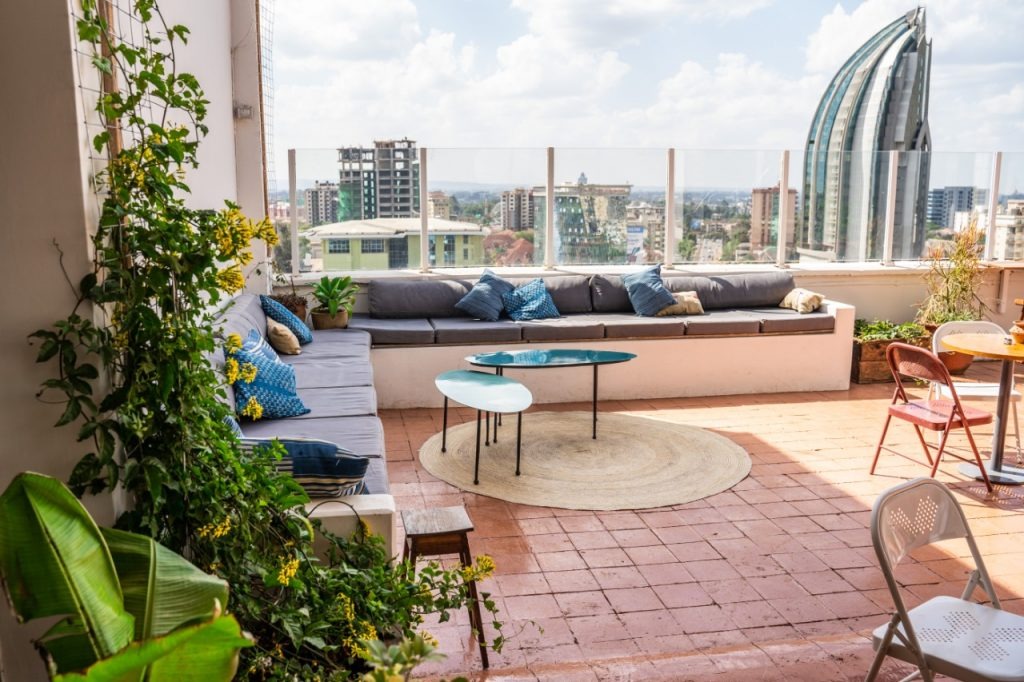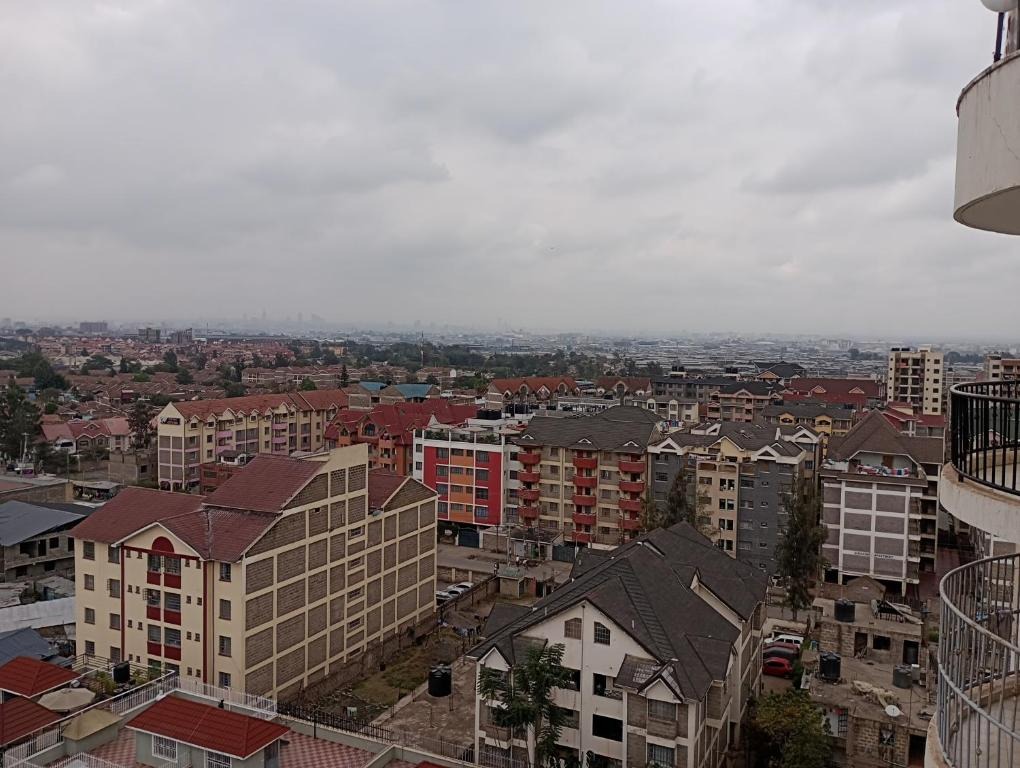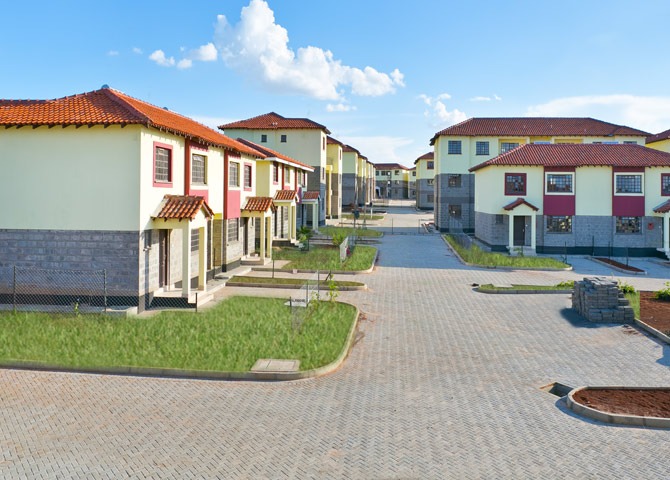
The adaptive reuse of historic buildings represents a delicate balance between preserving architectural heritage and meeting contemporary needs. As cities evolve and grow, historic structures often face the threat of neglect, demolition, or incompatible development. Adaptive reuse offers a sustainable alternative, revitalizing these buildings while retaining their cultural significance. This article explores the challenges and opportunities of adaptive reuse, highlighting strategies for balancing preservation with modernization.
Preservation: Honoring Architectural Legacy
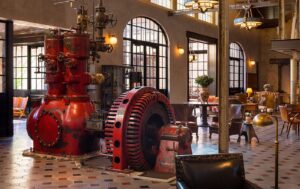
Historic buildings are invaluable cultural assets, reflecting the architectural styles, craftsmanship, and cultural heritage of bygone eras. From grand theaters and industrial warehouses to humble storefronts and residential dwellings, each historic structure tells a story of the past and contributes to the character of its surroundings. Preservation efforts seek to safeguard these buildings from deterioration and destruction, ensuring their legacy for future generations.
Challenges of Adaptive Reuse
Adaptive reuse presents unique challenges due to the need to reconcile historical preservation with modern functionality. Historic buildings often lack modern amenities, such as HVAC systems, insulation, and accessibility features, making adaptation for contemporary uses a complex endeavor. Additionally, strict preservation regulations and building codes may impose constraints on alterations, requiring innovative solutions to balance preservation goals with practical requirements.
Opportunities for Revitalization
Despite the challenges, adaptive reuse offers numerous opportunities for revitalizing historic buildings and breathing new life into neglected spaces. By repurposing existing structures, developers can save resources, reduce carbon emissions, and minimize environmental impact compared to new construction. Adaptive reuse also contributes to the revitalization of urban neighborhoods, preserving community character and fostering economic development.
Successful Examples of Adaptive Reuse
Several successful examples of adaptive reuse demonstrate the transformative power of preserving historic buildings while accommodating modern uses. Converted factories and warehouses, such as the Chelsea Market in New York City and the Tate Modern in London, have been transformed into vibrant mixed-use complexes, housing offices, retail spaces, and cultural venues. These adaptive reuse projects celebrate the industrial heritage of their surroundings while creating dynamic hubs of activity.
Similarly, historic theaters and cinemas have been repurposed as performance venues, event spaces, and community centers, breathing new life into once-vacant buildings. The Ace Hotel chain, known for its adaptive reuse of historic properties, has converted former theaters, department stores, and office buildings into stylish boutique hotels that blend old-world charm with contemporary amenities.
Strategies for Success
Successful adaptive reuse projects require careful planning, collaboration, and creativity. Here are some strategies for balancing preservation with modernization:
Historical Research:Conduct thorough historical research to understand the significance and architectural features of the building. Preserve original elements, such as facades, windows, and ornamentation, while integrating modern interventions sensitively.
Flexible Design:Design flexible spaces that can accommodate a range of uses over time. Adaptive reuse projects should be adaptable to changing needs and market demands, allowing for future modifications without compromising the integrity of the historic fabric.
Sustainable Practices: Implement sustainable design principles, such as energy-efficient systems, recycled materials, and green infrastructure, to minimize environmental impact and enhance long-term viability.
Community Engagement: Involve local stakeholders, preservationists, and community groups in the planning process to ensure that adaptive reuse projects reflect community needs and aspirations. Public input can help garner support for preservation efforts and foster a sense of ownership among residents.
Financial Incentives:Explore financial incentives, such as historic tax credits, grants, and subsidies, to offset the costs of adaptive reuse projects. Government agencies and nonprofit organizations may offer assistance to developers and property owners undertaking preservation initiatives.
Conclusion: Preserving Heritage for Future Generations

Adaptive reuse of historic buildings offers a sustainable solution to the challenges of urban development, preserving architectural heritage while meeting contemporary needs. By balancing preservation with modernization, developers, architects, and preservationists can breathe new life into historic structures, creating vibrant spaces that honor the past and serve the present. Through thoughtful planning, collaboration, and innovation, adaptive reuse projects can contribute to the cultural richness, economic vitality, and sustainability of our cities for generations to come.

